Barnard Objects, Aurora Borealis!
Posted: 8 October 2024
Sunday, 6 October 2024, was clear, but I did not go to the observatory. Monday, 7 October, unforecasted clouds appeared. I decided to open the observatory anyway. I was glad I did!
|
Open: Monday, 7 October 2024, 1838 MST Temperature: 77°F |
Session: 2017 Conditions: Partly cloudy |
Equipment:
12" f/8 LX600 w/StarLock
2" 24mm UWA eyepiece
Focal reducer
Camera:
iPhone 15 Pro Max
D850 DSLR
1843 MST: LX600 ON, StarLock OFF, High Precision OFF.
Viewed the Moon, 102X.
1848 MST: Took this handheld afocal 102X image of the Moon using the iPhone 15 Pro Max and the NightCap Camera app (ISO 5000, 1/60sec, 1X lens). I used an exposure that would bring out the faint Earthshine.
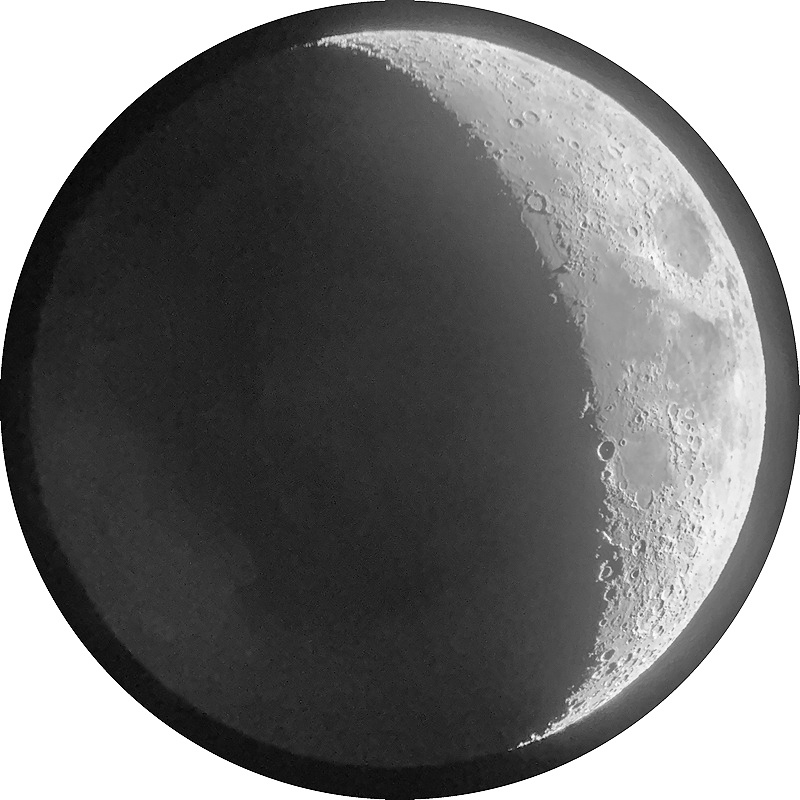
1853 MST: High Precision ON.
1857 MST: Relaxed on the observatory patio bench while waiting for the clouds to dissipate.
1901 MST: The constellation of Cassiopeia over Cassiopeia Observatory, taken with the iPhone Camera app (Night Mode, 3 seconds, 1X lens, handheld). The "W" (for Weasner) in Cassiopeia is visible.
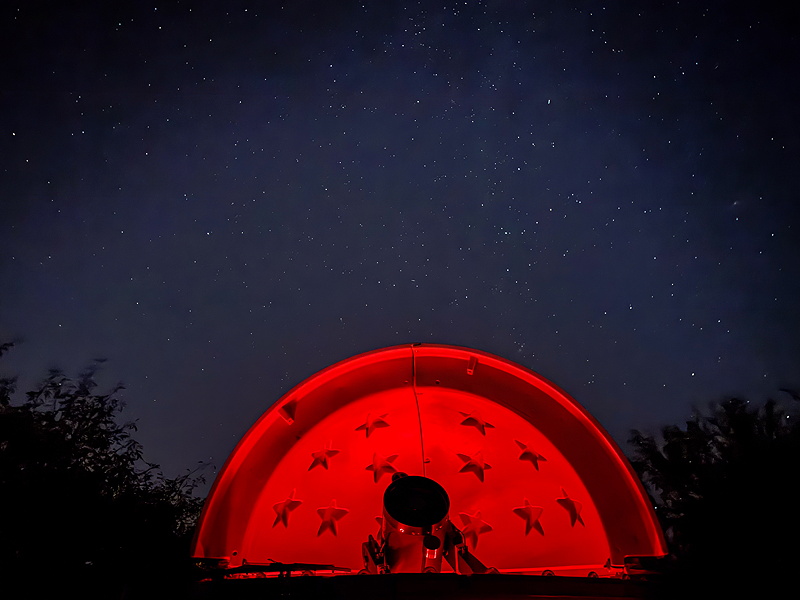
Mouseover or tap on image to see the "W"
The clouds seemed to be "stuck" near the Moon and over the Tucson "heat island".
1940 MST: The clouds finally dissipated. I waited for the Moon to get lower in the southwestern sky.
1957 MST: I saw a report online that a G3 level geomagnetic storm was in progress. I looked towards the north but could see no Aurora Borealis (Northern Lights). I decided to take a handheld iPhone 15 Pro Max photo using the Camera app (Night Mode, 10 seconds, 1X lens). I was pleasantly surprised to capture some faint red Aurora.
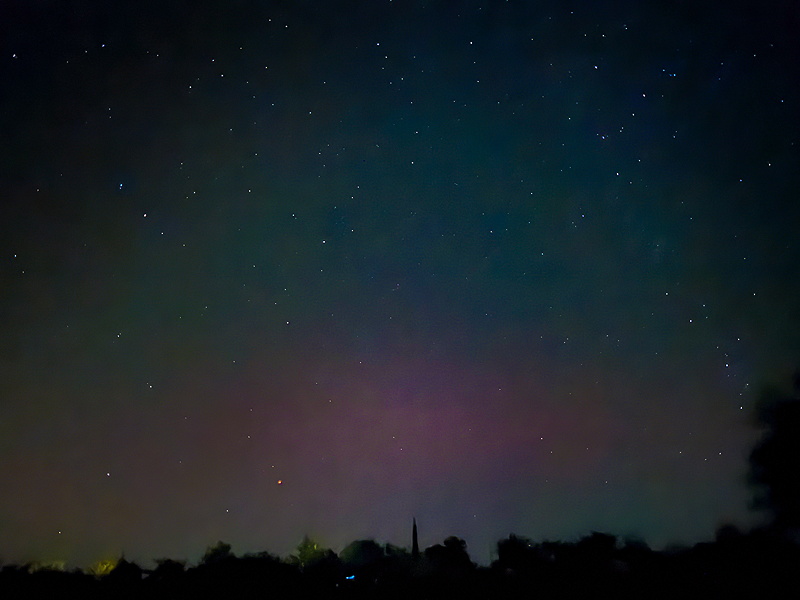
2010 MST: Another handheld iPhone Aurora photo with the Camera app (Night Mode, 10 seconds, 1X lens) showing how the Aurora changed over a few minutes.
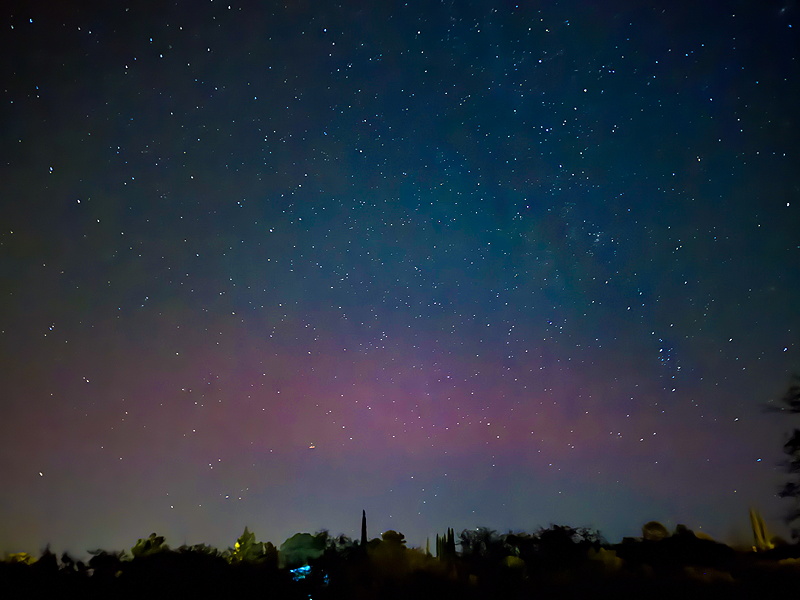
2020 MST: The Aurora was faintly visible to the naked eye. Moonset would not be until 2045 MST.
2021 MST: Back in the observatory. Observed, or tried to, the following Barnard Objects (dark nebula), 102X: B315, B317, B104, B105, B106, B107, B108, B109, B318, B110, B111, B112, and B113.
2047 MST: Aurora not visible to the eye, but it was to the iPhone 15 Pro Max (Camera app, Night Mode, 10 seconds, 1X lens, handheld).
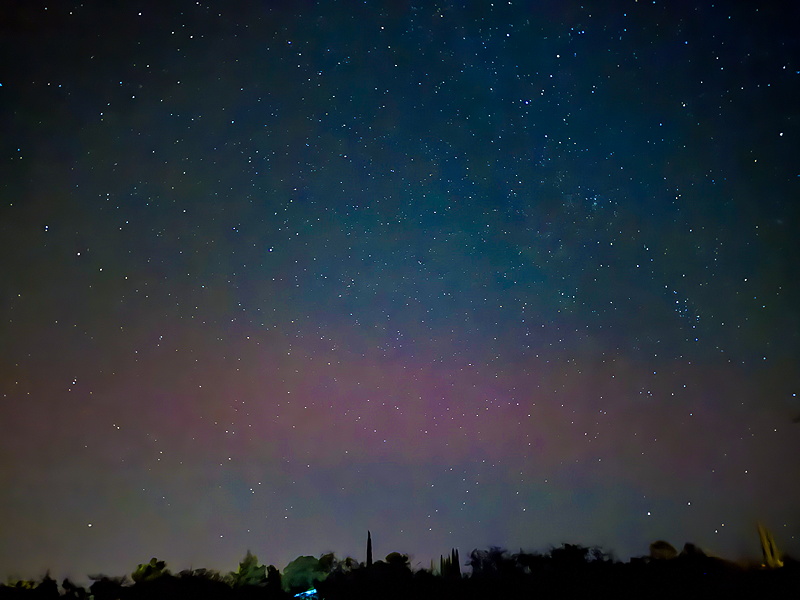
Prepared the D850 DSLR for imaging. Mounted the D850 at prime focus + focal reducer, focused on the star Altair, locked the 12" mirror, and slewed to the first Barnard Object to be imaged this session.
2104 MST: StarLock ON.
Took the following StarLock autoguided images of Barnard Objects (dark nebulae), 30 seconds, ISO 6400.
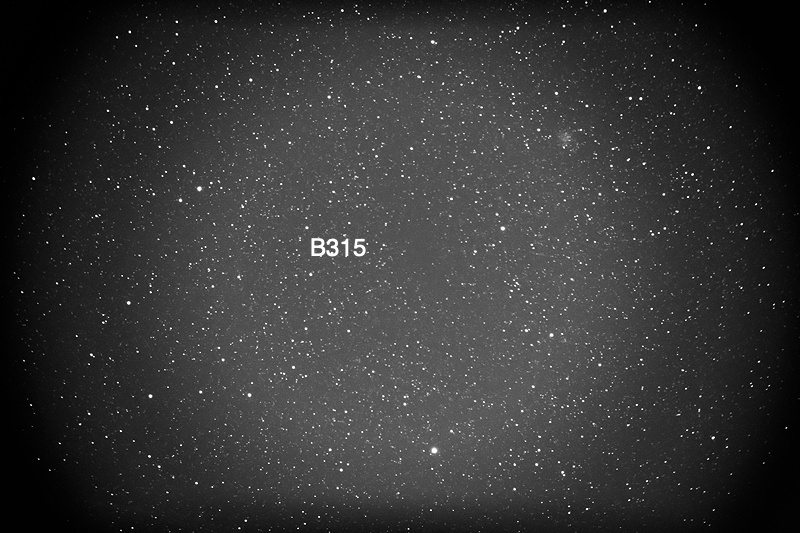
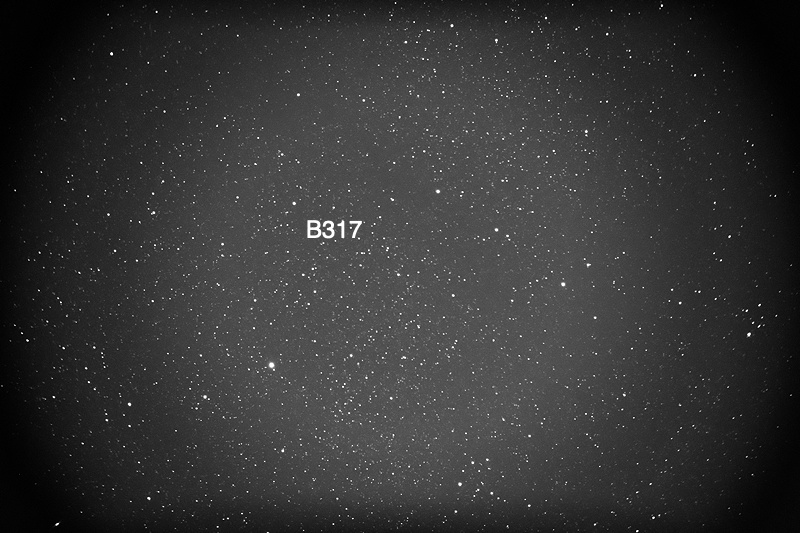
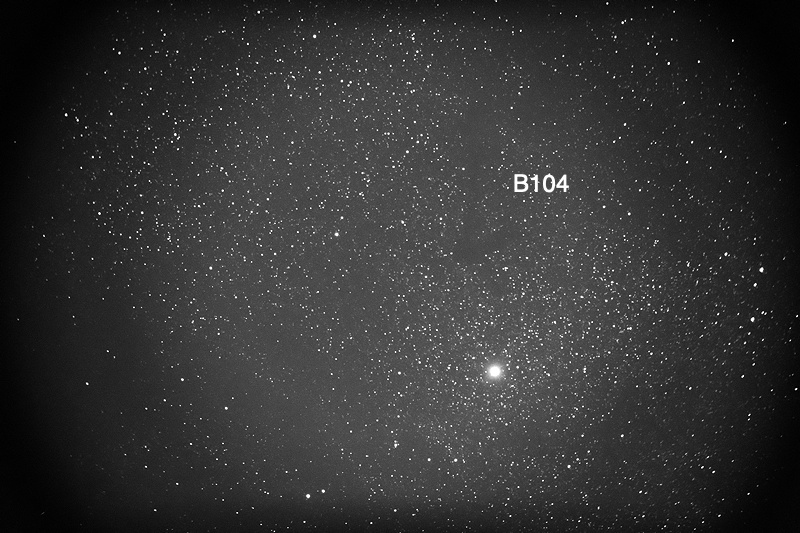
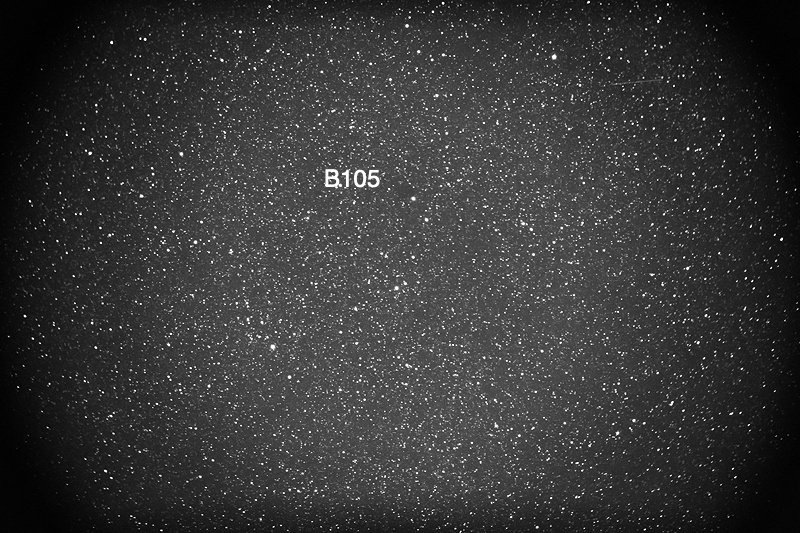
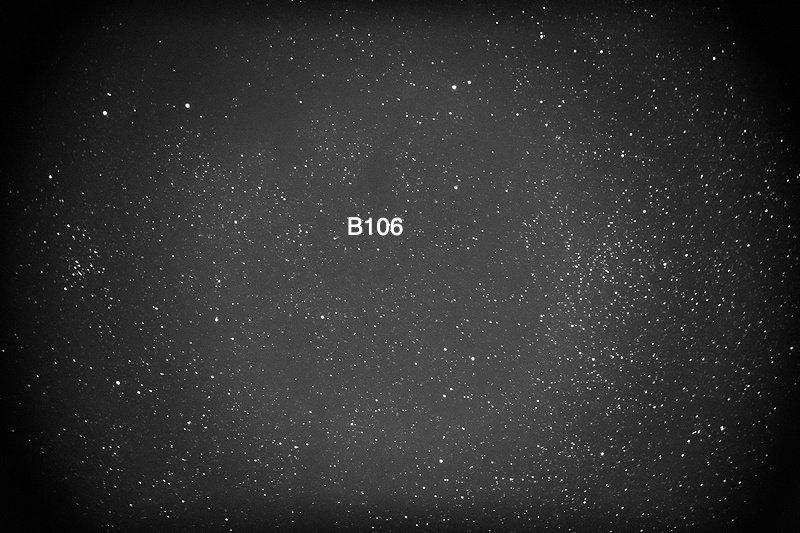
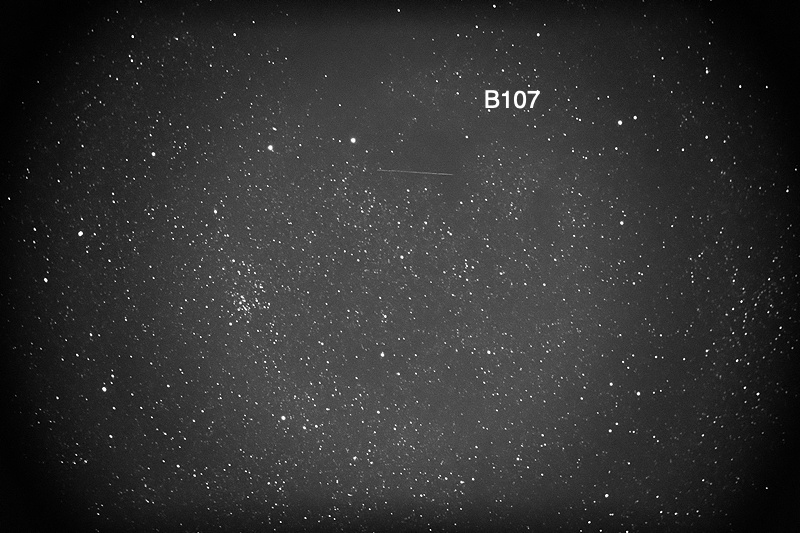
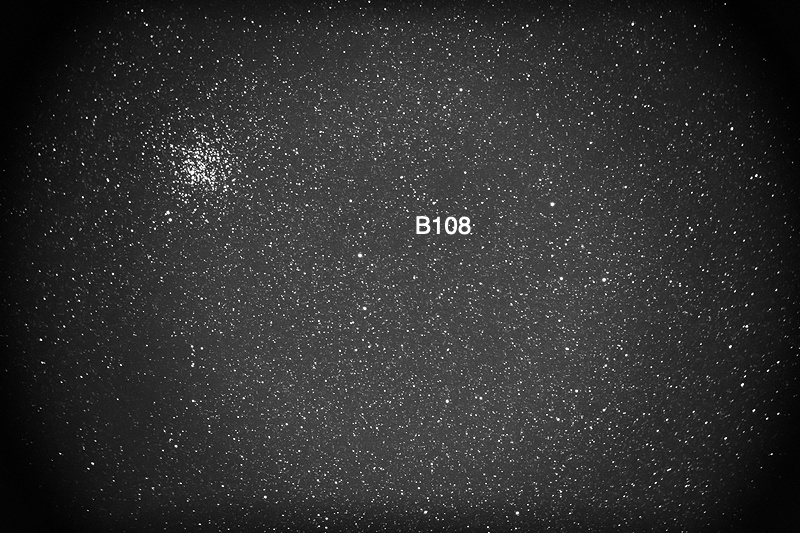
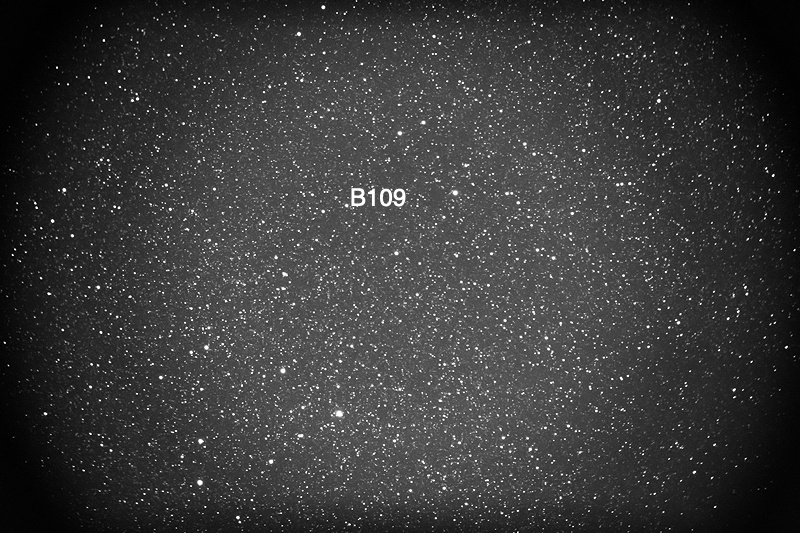
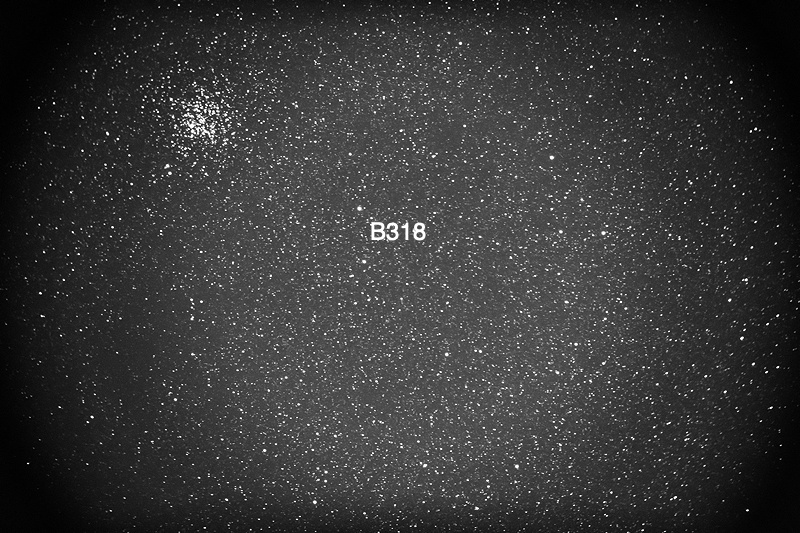
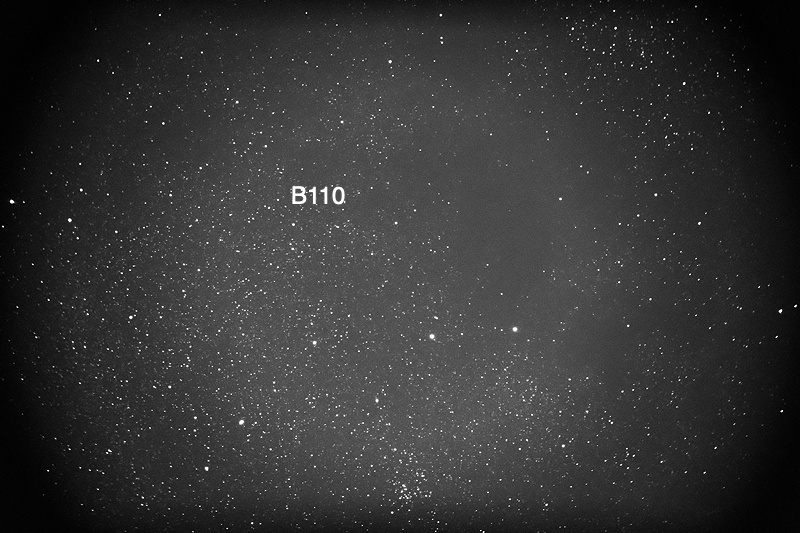
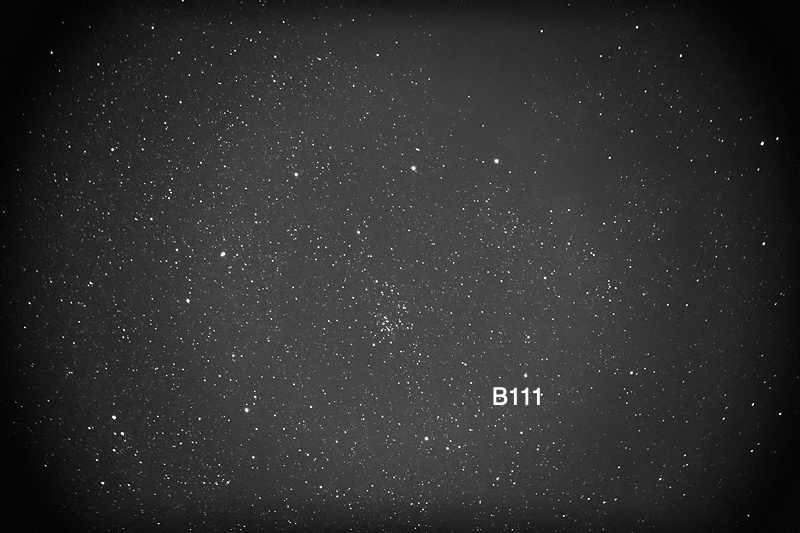
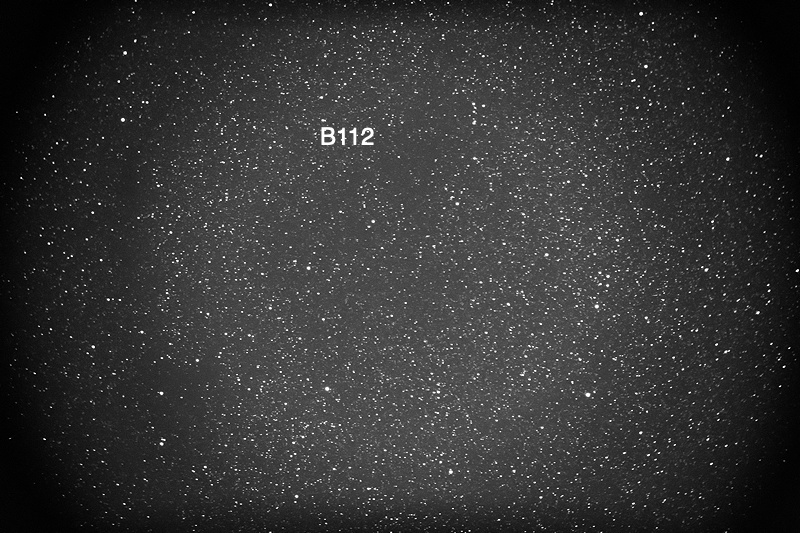
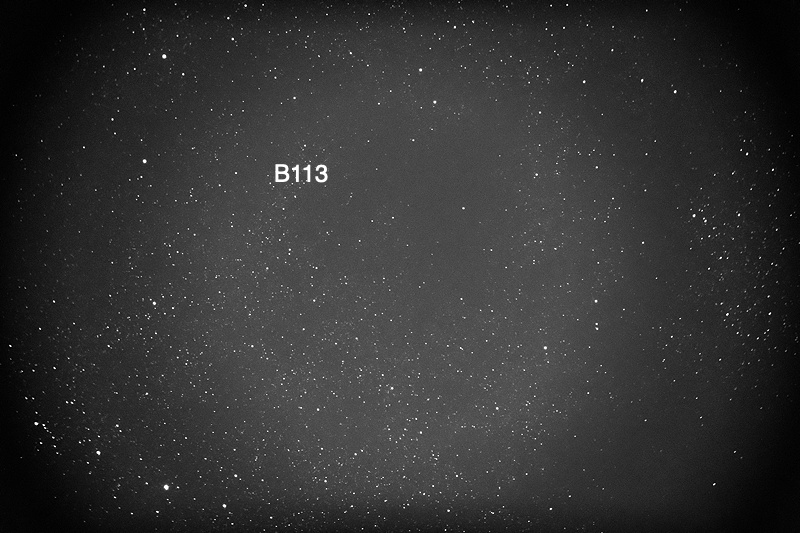
2146 MST: StarLock OFF.
2149 MST: Did an Aurora check. The storm was back to G1 level. Nothing was visible to the eye, however, the iPhone captured some faint red and blue Aurora (Night Mode, 10 seconds, 1X lens, handheld).
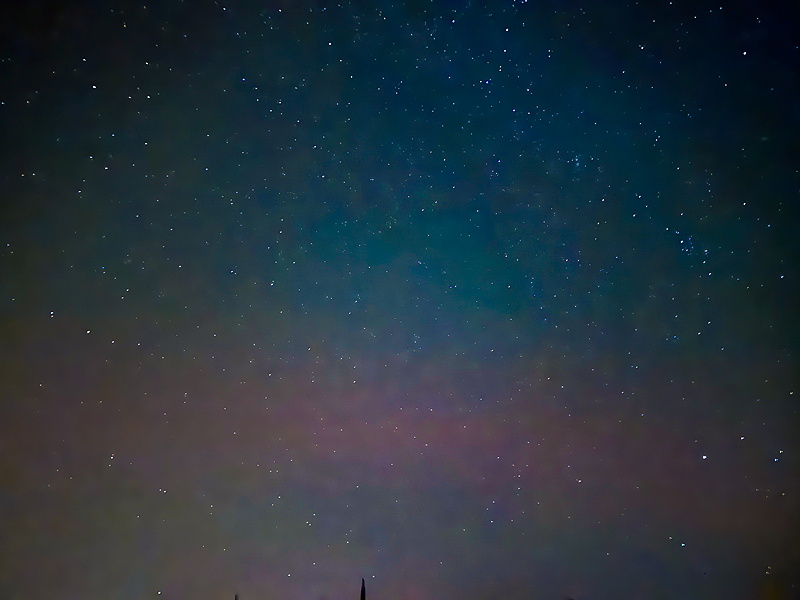
Before closing up the observatory, I took a quick look at the planet Saturn, 102X.
2210 MST: LX600 OFF.
2216 MST: Took a Sky Quality reading.
|
Close: Monday, 7 October 2024, 2222 MST Temperature: 75°F |
Session Length: 3h 44m Conditions: Clear, SQM 20.88 |
2318 MST: I checked on the Aurora. Nothing was visible to the eye, but the iPhone got some Aurora (Night Mode, 10 seconds, 1X lens, handheld).
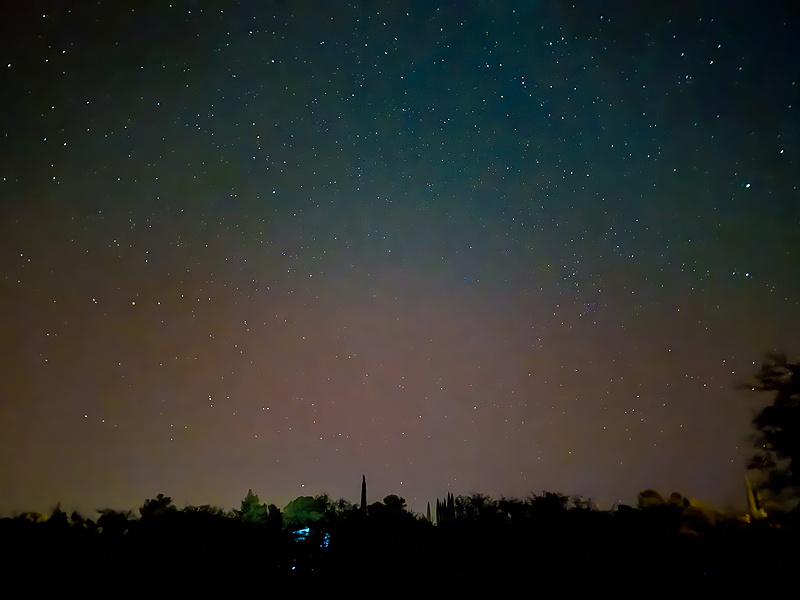
Comments are welcome using Email. Please read the Email Etiquette guidance.
Cassiopeia Observatory Home Page
Copyright ©2024 Michael L. Weasner / mweasner@mac.com.
URL = http://www.weasner.com/co/Reports/2024/10/08/index.html
